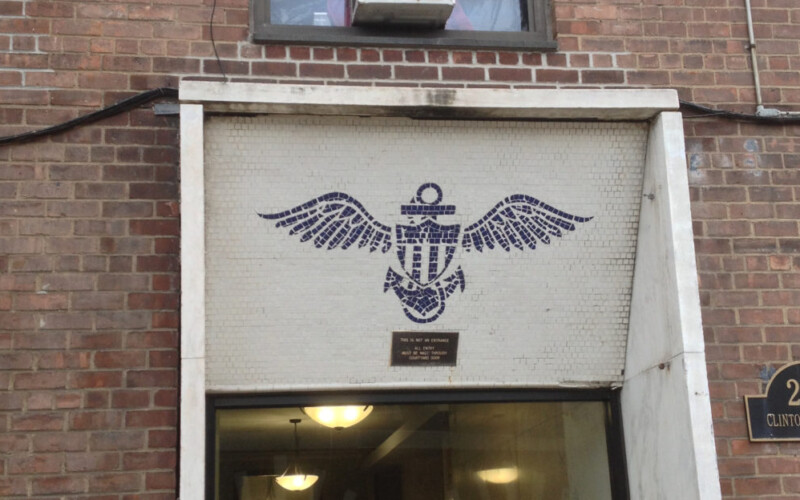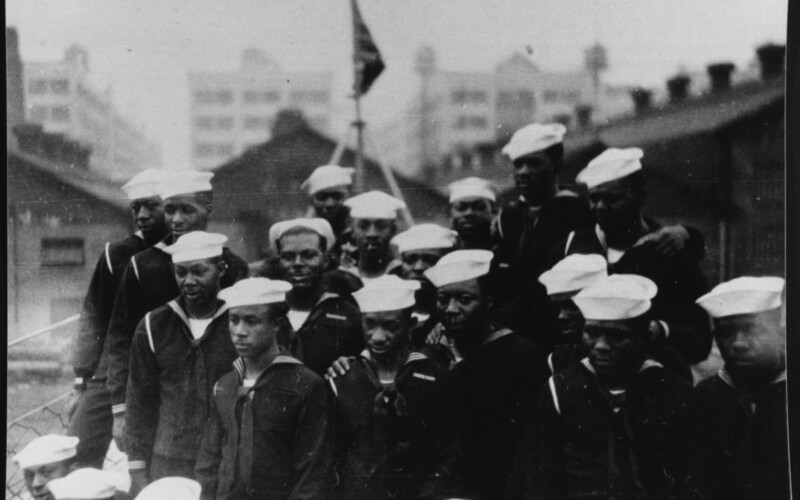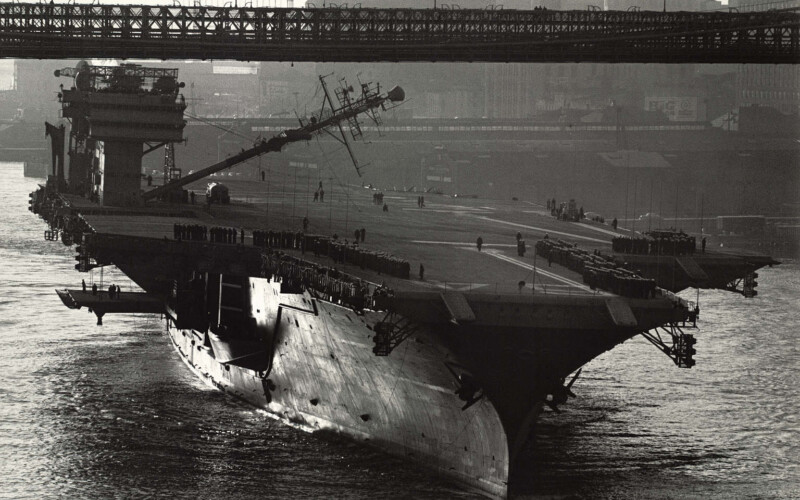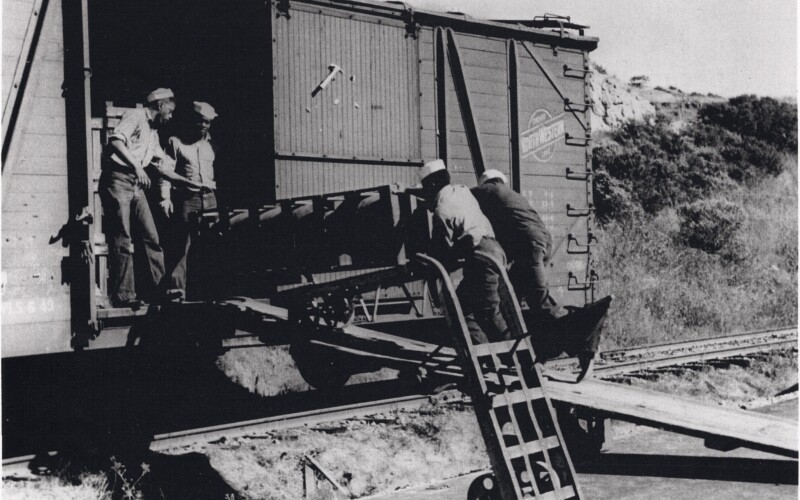We have experience hosting a range of audiences, from college classes to birthday parties to company outings, and we customize our tours to meet your group’s interests and needs.
Book a private tour today
Explore the neighborhoods surrounding the Brooklyn Navy Yard, including Vinegar Hill, Fort Greene, Clinton Hill, and Williamsburg, on this walk around the Yard’s long perimeter. We will explore connections between …
Read more

The celebrate Black History Month and the 220th birthday at the Brooklyn Navy Yard, we are looking at the obstacles and opportunities that Black people encountered at the Brooklyn Navy …
Read more

For over 200 years, the Brooklyn Navy Yard has been on the cutting edge of innovation, first as a leading shipyard for the US Navy, and today as a home …
Read more

As we reflect on the deeper meaning and troubling implication of the US president describing certain foreign countries as “shitholes,” it has also opened an opportunity to think critically about how …
Read more

Our friends at the Brooklyn Greenway Initiative (BGI) achieved a great milestone Friday when they officially opened the Naval Cemetery Landscape at the Brooklyn Navy Yard. The beautifully designed 1.7-acre green space is …
Read more

With all the major development projects underway at the Brooklyn Navy Yard (the Green Manufacturing Center, Wegman’s, Building 77, Steiner Studios expansion – the list goes on …), it is …
Read more

Earlier this month, the New York Obscura Society embarked on a behind-the-scenes tour of the Brooklyn Navy Yard to explore the rich history of the vast 300-acre property. Led by Andrew Gustafson of Turnstile Tours, the tour chronicled the Yard’s evolution, which originally served as a shipyard from 1776 to 1965 and is now an industrial park with thriving manufacturing and commercial activity where over 200 businesses employ more than 5,000 people.
Read more

This summer marks the 70th anniversary of the tragic events of Port Chicago, California, the worst home front disaster of World War II. 320 people were killed, most of them US Navy sailors, …
Read more

The Brooklyn Navy Yard is known for its muscular collection of industrial architecture. Here, the battleship Missouri and other warships were built and repaired until the yard closed five decades ago. The regular weekend tours of the Navy Yard cover that and more, but at the end comes an unexpected treat: the magnificent, slightly sagging Naval Hospital, a ghostly marble temple built in 1838 and empty for two decades. A new plan may sweep away the cobwebs.
Read more

Since it was decommissioned in 1966, the Brooklyn Navy Yard has morphed into a thriving center for independent industry and creative businesses, with many of its old military complexes and ship-building facilities being transformed into offices and studios. However, there are still areas of this massive area that once was a hub of naval ship construction that remain abandoned, and there it’s easiest to descend quickly into the Brooklyn Navy Yard’s history.
Read more
